High price, combined with the decision to go only for diesel and position it as a crossover, resulted in its limited success
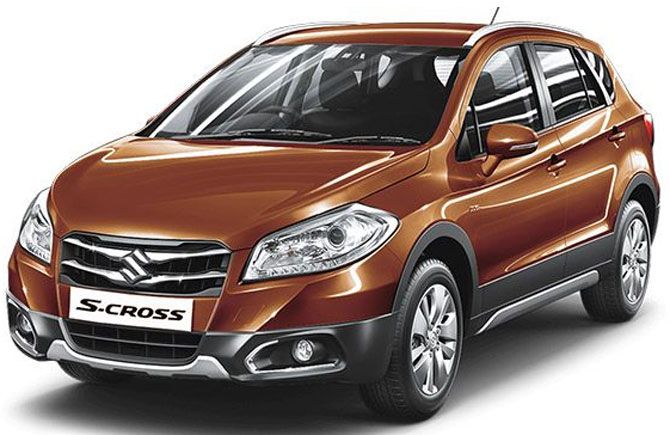
Last year saw several key launches in the domestic car market, but two created more hype than others: the S-Cross by market leader Maruti Suzuki and the Creta by Hyundai, the second largest player.
They hit the market in the space of two weeks. Motoring enthusiasts had a field day comparing the two, though Maruti Suzuki insisted that any comparison was unfair because the S- Cross was a crossover and not a sports utility vehicle like the Creta.
With the S-Cross, Maruti Suzuki, a maker of small and inexpensive cars, wanted to establish itself in the premium segment of the market. Naturally, the vehicle generated a lot of expectations, helped by the online and offline buzz around it.
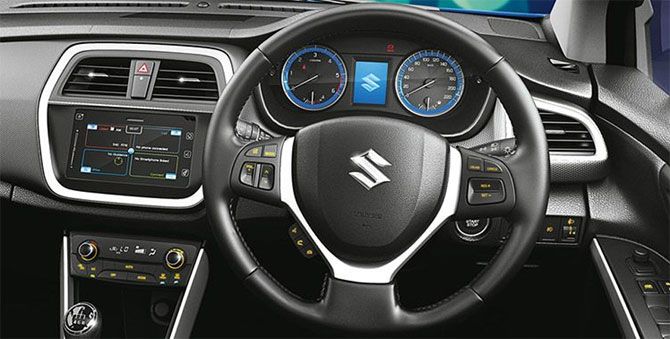
That’s because Maruti Suzuki had come up with a product that was priced above Rs 10 lakh after a long gap. The 1.6-litre S-Cross was priced at Rs 11.99 lakh, Rs 12.99 lakh and Rs 13.74 lakh (ex-showroom, Delhi) based on the trimmings.
The earlier Maruti products above Rs 10 lakh were the Grand Vitara SUV and the Kizashi sedan, both imported and therefore priced higher due to taxes. Both did not perform in terms of volume.
Would Maruti Suzuki be able to break the jinx and get a presence in the premium market that fit its stature as market leader this time? What must have given the company hope was that buyer behaviour had changed since the Grand Vitara and Kizashi days: with higher disposable income, people were buying premium cars in larger numbers than ever before.
A foot in the door
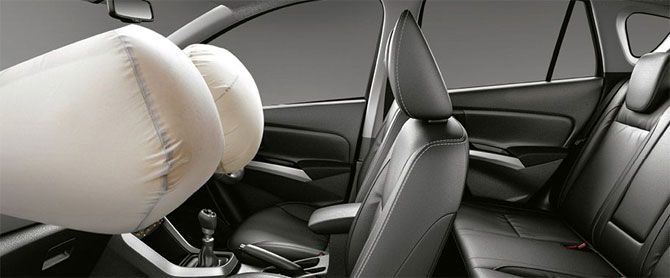
The S-Cross was important in Maruti Suzuki’s scheme of things also because it happened to be the first vehicle to get retailed from the company’s premium retail network, Nexa. “New customers have new expectations and the only way to meet their aspirations is to deliver an entirely new experience,” said a company statement. In a way, the S Cross was to shape the future of Nexa.
An investment of Rs 600 crore (Rs 6 billion) had gone into developing the S-Cross. There was a lot at stake here.

The company did not put any monthly targets for the S Cross at the time of the launch. Looking back, it would be glad it did not. The crossover has clocked average monthly sale of 3,000 since the launch in August. Hyundai’s Creta, which has commanded a waiting period from day one, has clocked average sale of 8,000 per month.
And if one goes by the prolific volumes clocked by many of Maruti Suzuki’s popular models (20,000 plus a month for the Alto, 13,000 plus for the Wagon R, and 16,000 plus for the Dzire as well as the Swift), S-Cross may disappoint. Even Baleno, the second Nexa vehicle, has been doing 8,000-9,000 on an average every month.
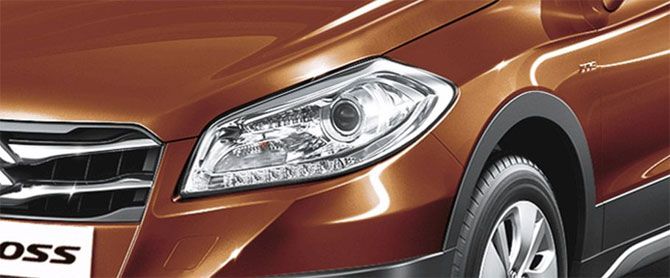
To do justice to the S-Cross volumes, it must be stated that only a few cars sell anything close to 3,000 units a month in the domestic market. In fact, a number of recently launched vehicles struggle to sell even a thousand units a month.
Notables among these are Tata Motors’ Bolt and Zest and the Ford Figo. Two leading global players, General Motors and Fiat, sell less than 3,000 units a month.
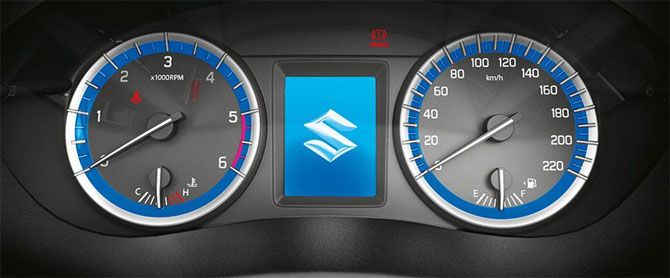
Maruti Suzuki, for its part, says that volumes cannot be the sole criterion to determine the success of a car. Claiming to be the leader in the premium crossover segment, the company says overall sales of the S-Cross are in line with the planned volumes.
“Every brand has a specific role in the portfolio. While some are mass models that sell in big numbers, others may not sell as much but contribute to the overall brand objectives of the company for the medium and long term,” says a Maruti Suzuki spokesperson. “The S-Cross helps us expand our range and presence with an eye on the future.”
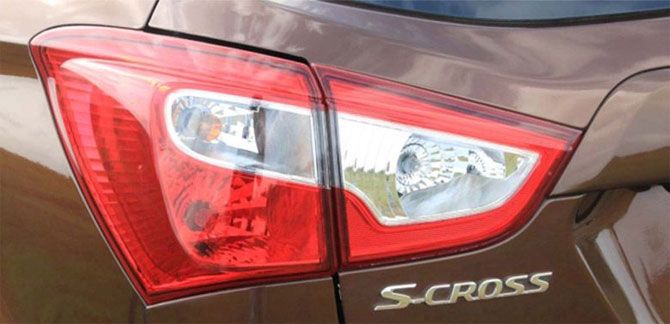
That is a valid point, but it is also true that within a couple of months of the launch, there was a sizeable discount of up to Rs 90,000 on the S-Cross. Maruti Suzuki admits it went wrong on the pricing of the 1.6 litre variant. The 1.3 litre variant, priced between Rs 834,000 and Rs 10.75 lakh, makes up for over two-third of the total S-Cross sales.
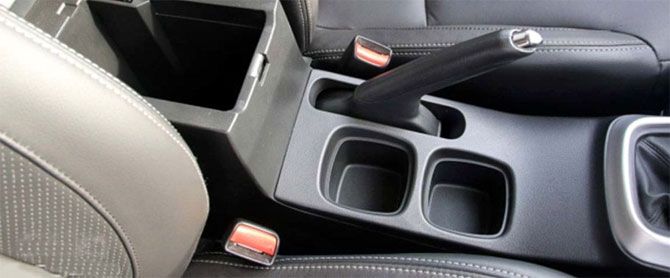
“The company made an assessment of how much customers would be willing to pay for this new category product. The value perceived by customers was different. In particular, with the 1.3 litre variants offering almost identical class-leading features and attributes as the 1.6 litre, customers did not perceive value,” the spokesperson says.
After a price correction in January, the company claims there has been a pickup in demand.
The missing factor

Experts say one factor that worked against the S-Cross was Maruti Suzuki’s decision to launch it only with a diesel engine at a time when the popular sentiment had started to shift against the fuel on environmental grounds.
In contrast, Hyundai launched the Creta in both petrol and diesel variants. The spokesperson says extensive market research well before the launch had indicated preference for diesel in the crossover segment.
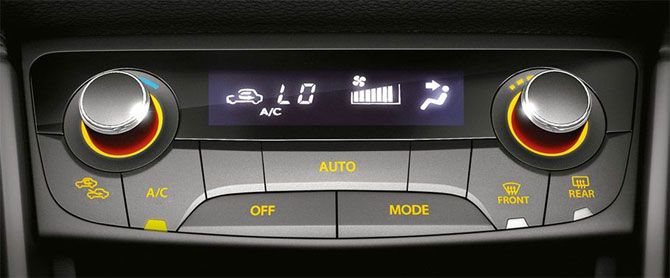
Some even question the positioning of the vehicle as a crossover. “Buyers in the Rs 10-lakh-plus segment desire a clear distinction and differentiation in the product. They either want a sedan or an SUV, not a mix of the two in the form of a crossover,” says an industry expert.
Though it was positioned as a crossover, Maruti Suzuki puts the S-Cross in the utility vehicle category while declaring monthly production numbers. The Society of Indian Automobile Manufacturers does the same.

Still, Maruti Suzuki has learnt an important lesson in the bargain: the average Indian buyer is still conscious about spending and seeks more out of less.
This was evident when the company launched its premium hatchback, the Baleno, in October at an aggressive price beginning Rs 499,000. On discovering the price, a Nexa dealer was heard telling the other, “S-Cross ki saari kasar poori kar di (It has made up for all the shortcomings of the S Cross)”. Baleno sales are three times that of the S-Cross and can boast of a waiting period.
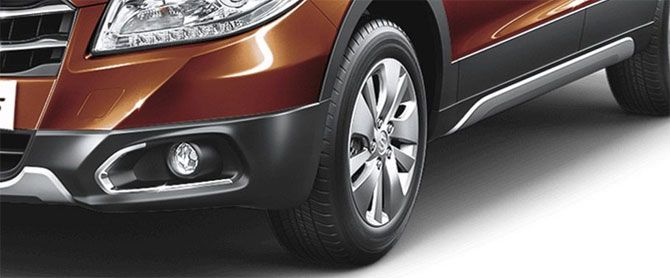
According to Abdul Majeed, partner, Price Waterhouse, the success of a new launch largely depends on how customers foresee the product on price, fuel efficiency, features and space. “If a new vehicle is not able to get the customers’ attention on these aspects, it will face difficulties”.
Maruti Suzuki has tried to increase attention to the S-Cross by correcting its price. Future numbers will show if that is enough to draw customers.
The many tests
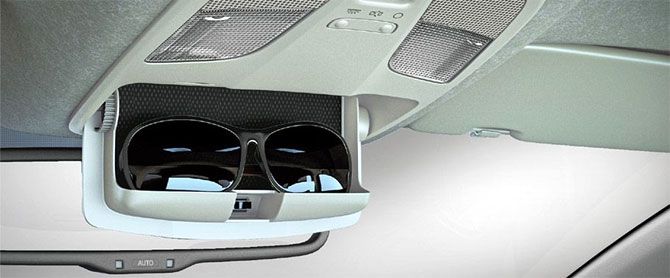
- S-Cross is the first crossover from Maruti Suzuki
- The vehicle is sold through the company’s premium retail network, Nexa
- It is the only vehicle from Maruti Suzuki to not have a petrol variant
- At Rs 13.74 lakh at the time of the launch, it is among the costliest Maruti Suzuki cars












 © 2024 Rediff.com -
© 2024 Rediff.com -